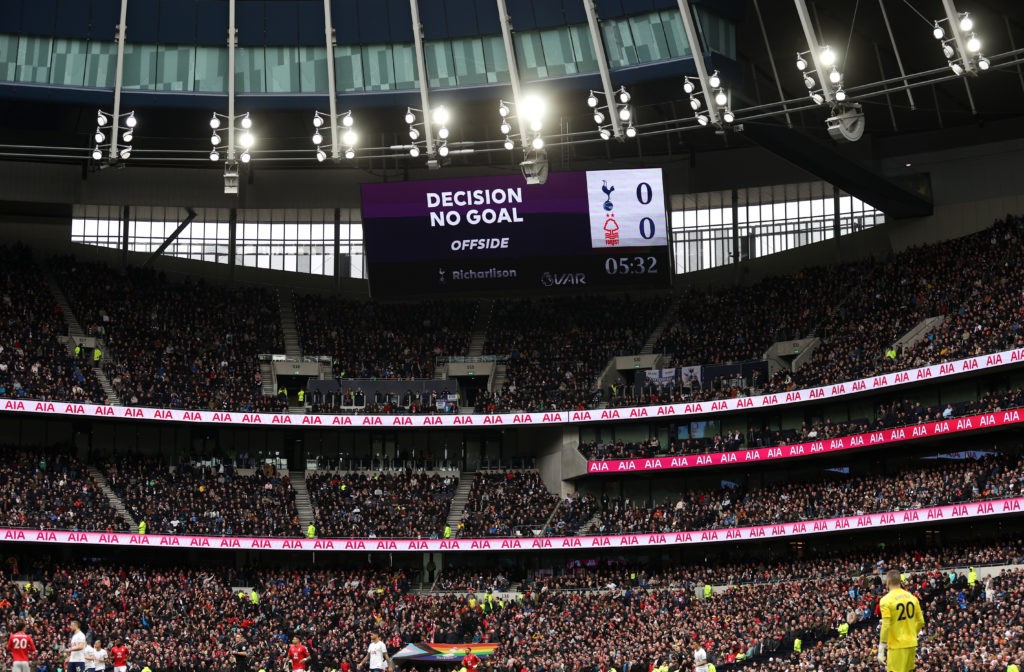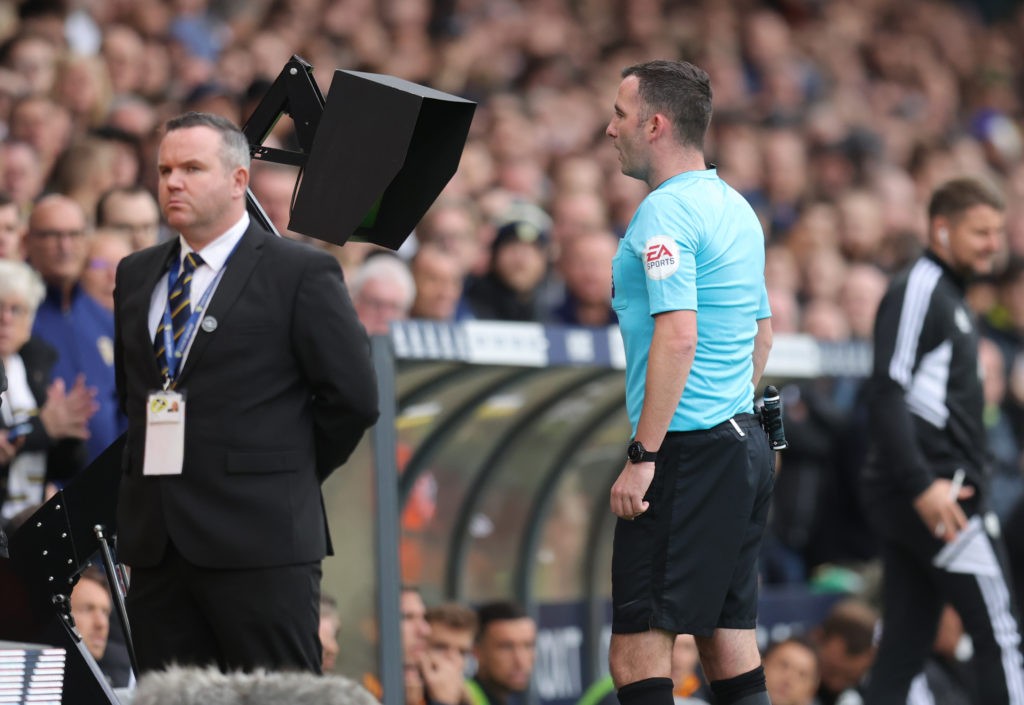The Premier League appear to be leaning towards adding extra cameras for VAR calls instead of using semi-automated offsides, according to a report.

The Athletic report that the Premier League is recommending adding four additional cameras just outside each penalty area to improve the accuracy of the Hawk-Eye offside system.
The hope is that this would give them more clarity on certain decisions where a player’s body is obscured from the usual TV camera angles.
This has happened on a few occasions this season, and it prevents the VAR officials from being able to make a definitive call on an offside. If you can’t see where the player’s body ends, you don’t know where to draw the line from.
But whilst adding extra cameras should help, the bad news is the suggestion that the Premier League aren’t yet planning to combine the extra cameras with the use of FIFA’s semi-automated offside system.
Trials will take place for the semi-automated system, but the feeling within the Premier League is that the system is less effective, as the images take longer to come through to the broadcasters.
To be clear, there’s no disputing the fact that the semi-automated system is significantly faster than the current system when it comes to actually making these decisions.
It takes just a few seconds for the semi-automated system to rule a player onside or offside, as opposed to the minutes we currently spend staring at the screens waiting for lines to be drawn.
The difference is that once the lines have been drawn, the result is immediately available to the TV broadcasters, whilst the semi-automated system takes a bit longer to produce the animation showing the reason for the decision.

Ultimately, it’s a matter of priorities. If you want the quickest and most accurate decisions, you go with semi-automated offsides.
The game speeds up, and you remove human error in cases like the Brentford equaliser against Arsenal in February, or the Brighton disallowed goal that same weekend.
But if you want Sky Sports to be able to show the result of the decision quickly, you stick with the current system.
When it comes to these sorts of decisions, the Premier League generally tend to put the TV broadcast first, and the football second. So perhaps this news shouldn’t come as a surprise.

